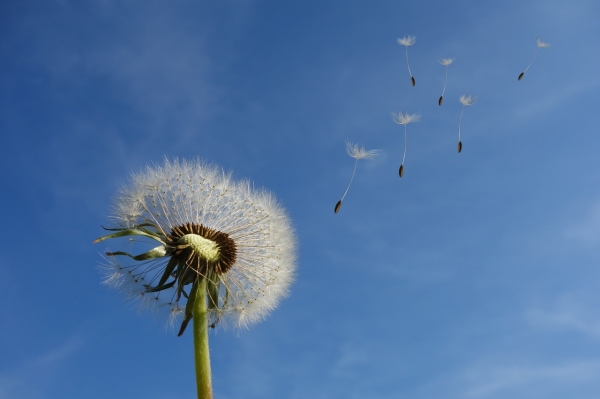As Earth’s climate continues to change, a plant’s ability to adapt to its shifting environment is critical to its survival. Often, to stay alive a plant must move locations by releasing its seeds, but plants are rooted in the ground and cannot move themselves. Instead, they are dependent on animals or the wind to carry their seeds to a new location.
Playing an essential foundational role in an ecosystem, plants contribute to the well-being of human health by helping create resources like food and medicine. Therefore, to better understand how plants can maintain resiliency in the face of challenges like climate change, a team of researchers at the University of Missouri and Michigan State University recently collaborated to develop an innovative mathematical model that can provide fast and reliable predictions of how far wind can carry a plant’s seeds.
“Once seeds are released from a plant, we wanted to know how far they can go because as wind conditions fluctuate the seeds will be moved around differently as a result of various weights, sizes and shapes,” said Binbin Wang, an assistant professor in the Department of Civil and Environmental Engineering at the MU College of Engineering. “This model gives us a better idea of the probability of where a seed will land on the ground in different conditions depending on the seed type, the plant type and the wind speed.”
Read more at: University of Missouri
Photo Credit: blickpixel via Pixabay


